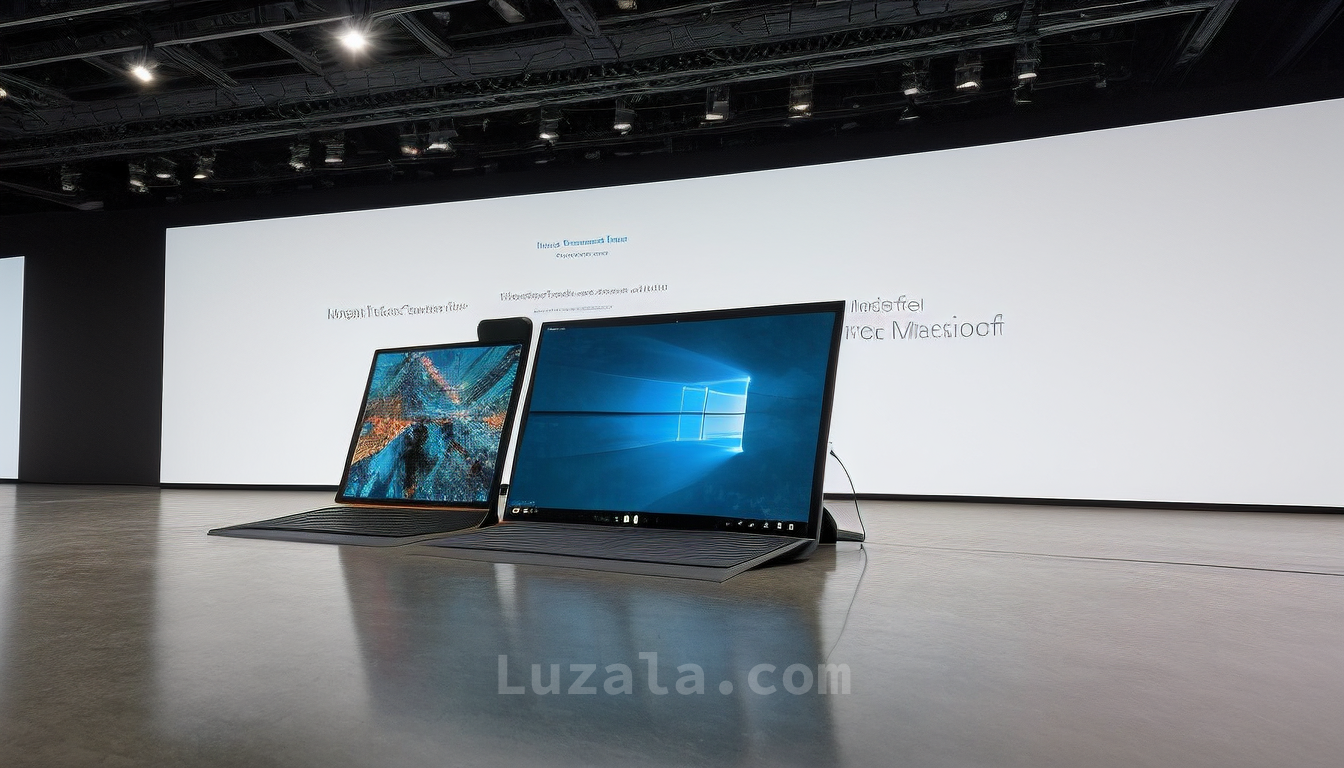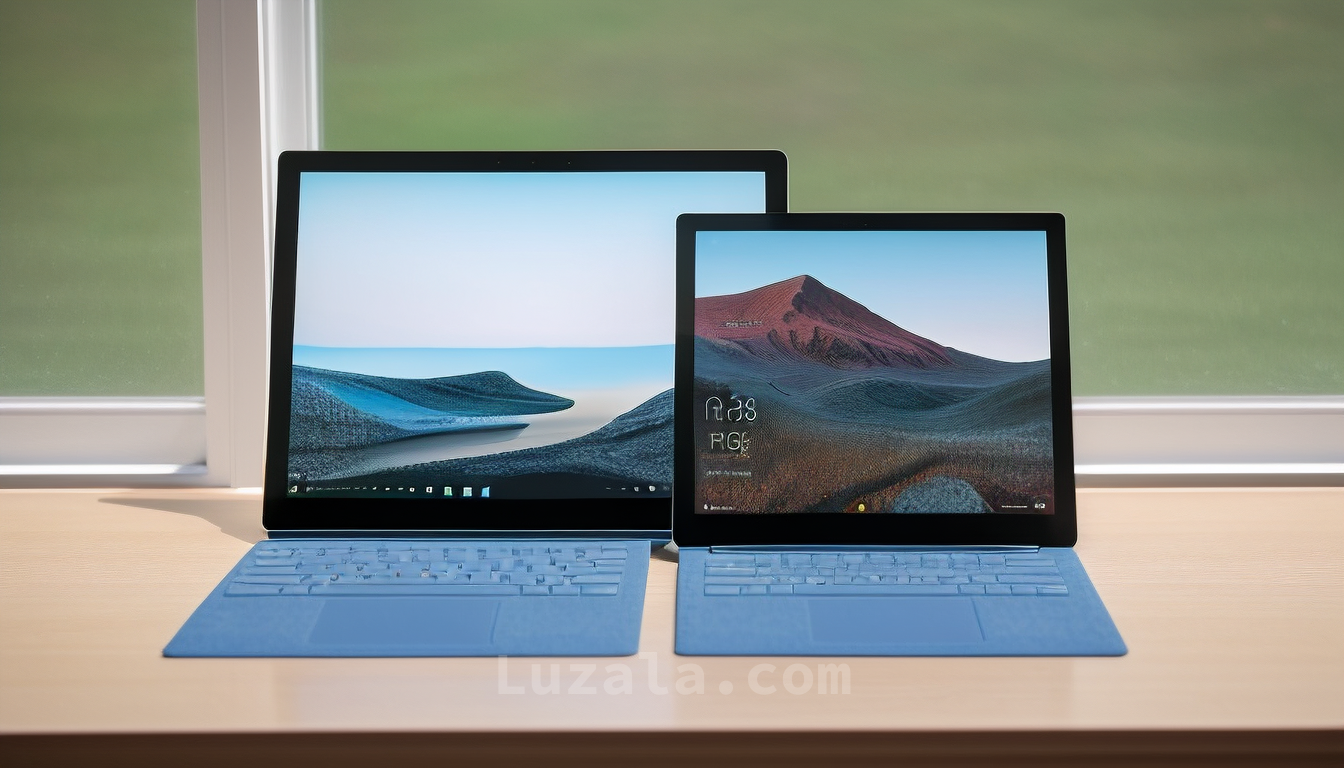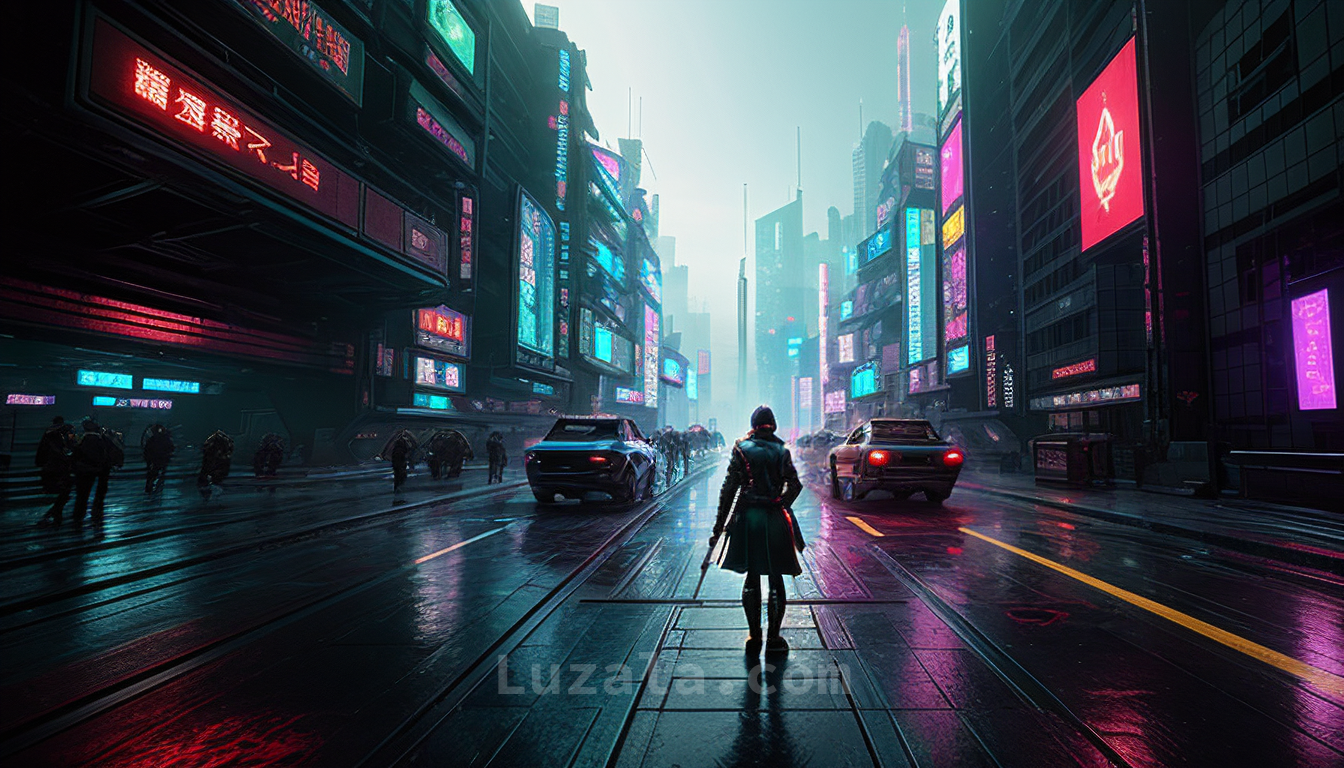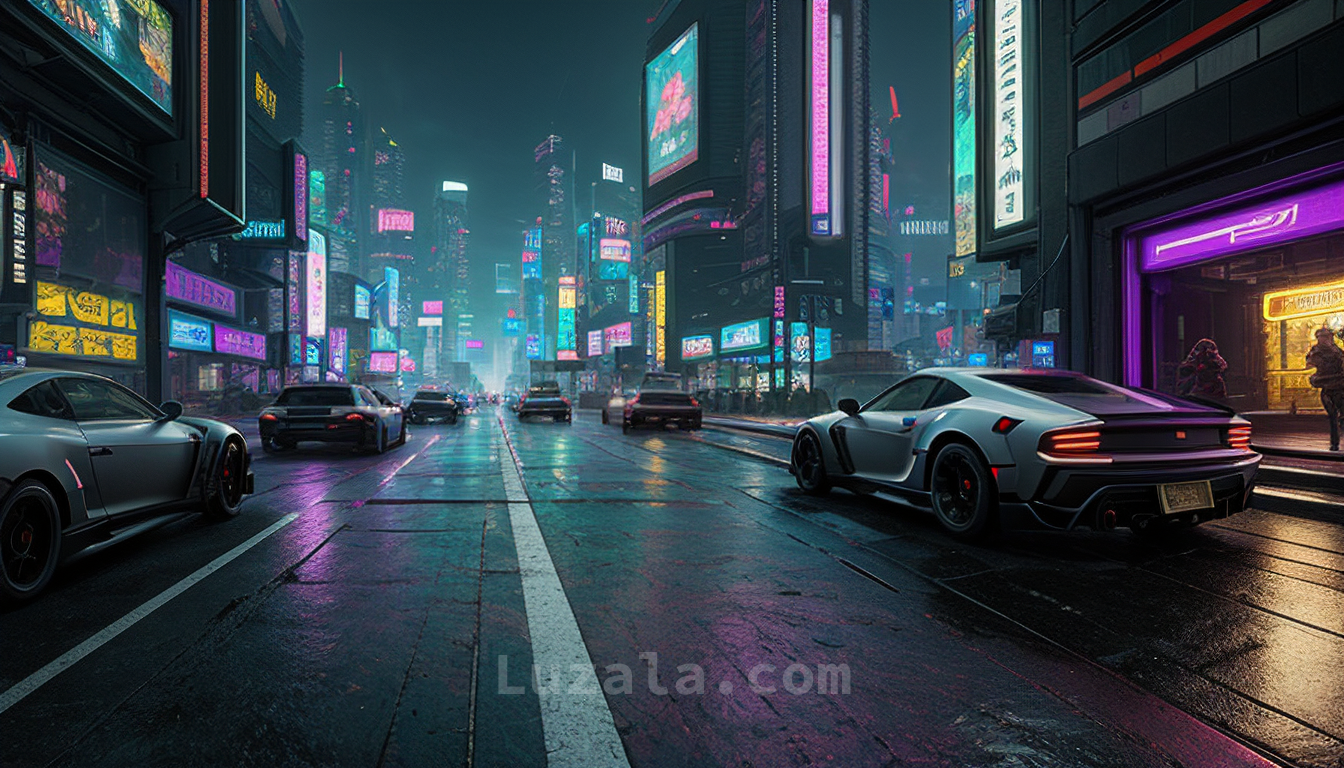The Future of Gaming Graphics: DLSS 3.5's Impact and AI's Ascent
DLSS 3.5s role in gaming, discussed by CD Projekt Red and Nvidia experts, suggests AI-driven rendering is replacing native resolution due to the end of Moores Law.
Digital Foundry recently hosted a roundtable discussion featuring prominent figures in the gaming and graphics industry, including Jakub Knapik from CD Projekt Red and Jacob Freeman and Bryan Catanzaro from Nvidia. The focal point of their conversation revolved around Nvidia's groundbreaking DLSS 3.5 technology and its implications for Cyberpunk 2077, as well as the broader advantages of AI-driven upscaling and rendering in gaming.
During this engaging dialogue, Bryan Catanzaro, Nvidia's VP of Applied Deep Learning Research, made a noteworthy assertion. He contended that native resolution gaming, once considered the holy grail of graphical fidelity, is no longer the optimal solution. Catanzaro argued that the relentless progression of Moore's Law has come to an end, rendering the conventional approach of brute force hardware upgrades inadequate. In response to a query from Pedro Valadas of PCMR regarding Nvidia's stance on native resolution performance, Catanzaro emphasized the need for smarter technologies like DLSS. These technologies, he argued, are vital for enhancing graphical fidelity and compensating for the diminishing gen-on-gen performance improvements witnessed in today's graphics hardware landscape.
In the context of Cyberpunk 2077, both Valadas and CD Projekt Red's Jakub Knapik concurred that the game's ambitious utilization of full path-tracing would have been unattainable without DLSS. They highlighted DLSS's pivotal role in image upscaling and frame generation, which significantly contributed to the game's ability to execute real-time realistic light simulations, resulting in a remarkably detailed and lifelike visual experience compared to traditional rendering methods.
When probed about the future trajectory of machine learning in gaming graphics, Catanzaro envisioned a transformative shift. He asserted that DLSS and AI technologies have the potential to eventually supplant traditional rendering entirely. According to Catanzaro, the industry has recognized the power of AI in mastering complex functions by analyzing vast datasets, eclipsing the conventional approach of constructing algorithms from scratch—a paradigm shift that was glimpsed at NeurIPS 2018 when Nvidia showcased a driving demo rendered entirely through AI.
Catanzaro's statements hint at a profound evolution on the horizon for the gaming world. With Moore's Law seemingly reaching its limits, AI-driven manipulation emerges as the driving force propelling 3D graphics into the future. Implicitly, Nvidia appears committed to prioritizing AI performance in forthcoming graphics cards to empower AI-driven frame rendering technologies such as DLSS.
In summary, the discussion paints a compelling picture of a gaming landscape poised for a seismic transformation, where AI and DLSS emerge as the vanguard technologies reshaping the way we experience and perceive graphical fidelity.
Download your fonts:
Mincer BRK Font - Free Download
HansFraktur Font - Free Download
Lionheart Font - Free Download
Catharsis Requiem Font - Free Download
Level Fourteen Druid Font - Free Download















Comments